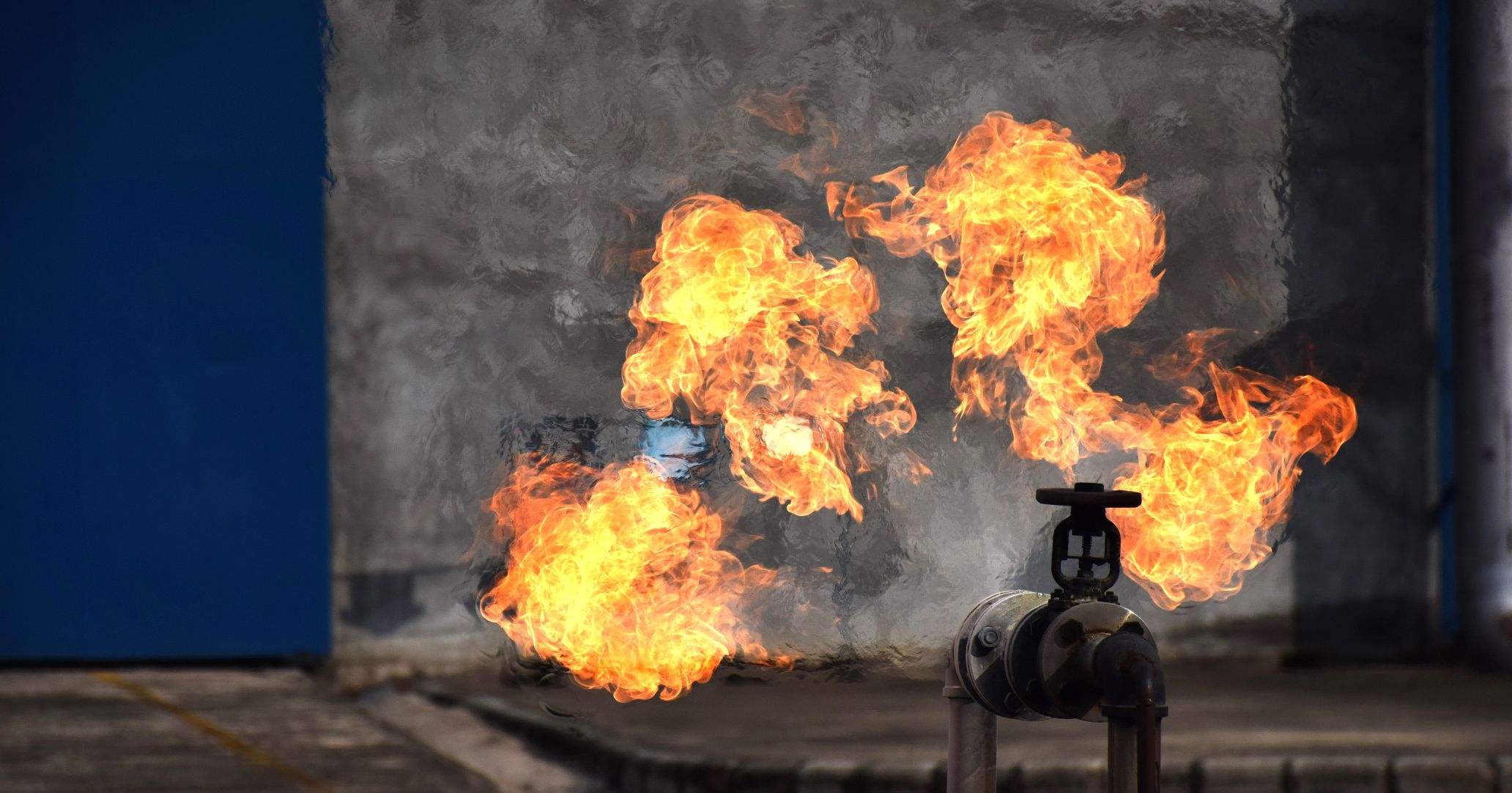What is ATEX?
The ATEX directive consists of two EU directives describing what equipment and work environment is allowed in an environment with an explosive atmosphere. ATEX derives its name from the French title of the 2014/34/EU directive: Appareils destinés à être utilisés en ATmosphères EXplosibles.
Hazardous Area Products with ATEX and IECEx Certification
Deeter Electronics manufactures and sells a range of hazardous area products with ATEX and IECEx certification, including float switches, liquid level sensors and load cells. We can offer products with Ex d Explosion Proof approvals for use in hazardous areas without the need for an intrinsic safety barrier. In addition, we have products available for hazardous areas which are suitable for use in Intrinsically Safe Systems with the use of a Safety Barrier.
Our Ex d range of Explosion Proof float switches and liquid level sensors with ATEX & IECEx certifications are suitable for use in explosive atmospheres, with these standards accepted in most regions worldwide.
Read More on
ATEX Directive 2014/34/EU
IECEx Standards
Hazardous Areas Definition
Hazardous areas are environments in which the atmosphere contains, or may possibly contain, flammable or explosive gases and, in the right conditions, may cause a fire or explosion.
The Dangerous Substances and Explosive Atmospheres Regulations 2002 (DSEAR) defines hazardous areas as “any place in which an explosive atmosphere may occur in quantities such as to require special precautions to protect the safety of workers”.1
HSE states that hazardous areas are classified into zones based on an assessment of the frequency of the occurrence and duration of an explosive gas atmosphere, and are as follows:
- Zone 0: An area in which an explosive gas atmosphere is present continuously or for long periods
- Zone 1: An area in which an explosive gas atmosphere is likely to occur in normal operation
- Zone 2: An area in which an explosive gas atmosphere is not likely to occur in normal operation and, if it occurs, will only exist for a short time.
Various sources have tried to place time limits on to these zones, but none have been officially adopted. The most common values used are:
- Zone 0: Explosive atmosphere for more than 1000h/yr
- Zone 1: Explosive atmosphere for more than 10, but less than 1000 h/yr
- Zone 2: Explosive atmosphere for less than 10h/yr, but still sufficiently likely as to require controls over ignition sources.2
Typical Hazardous Environments
- Automotive refuelling stations or petrol stations
- Oil refineries, rigs and processing plants
- Chemical processing plants
- Printing industries, paper and textiles
- Hospital operating theatres
- Aircraft refuelling and hangars
- Surface coating industries
- Underground coal mines
- Sewerage treatment plants
- Gas pipelines and distribution centres
- Grain handling and storage
- Woodworking areas
- Sugar refineries
- Metal surface grinding, especially aluminium dusts and particles
Hazardous Area Standards
Broadly speaking, there are three standards that apply to hazardous area equipment and services.
ATEX Directive 2014/34/EU
Since July 1st 2003 it has been mandatory under European law that all equipment for use in a potentially explosive atmosphere must conform to specific safety standards. Many manufacturing processes, including biodiesel production, generate potentially explosive atmospheres.3
For more information:
ATEX Directive 2014/34/EU Overview
European Commission’s European Standards – Equipment for explosive environments
Dangerous Substances and Explosive Atmospheres Regulations 2002
IECEx Standards
IECEx’s objective is the facilitation of international trade in equipment used in explosive environments, while maintaining the required level of safety, meaning:
- Reduced testing and certification costs to manufacturer
- Reduced time to market
- International confidence in the product assessment process
- One International database listing
- Maintaining International Confidence in equipment and services covered by IECEx Certification
IECEx Standard.4
Intrinsically Safe
Electronic devices in normal use can produce internal sparks or heat, both of which can become an ignition source, causing explosion or fire. Intrinsically safe equipment is defined as “equipment and wiring which is incapable of releasing sufficient electrical or thermal energy under normal or abnormal conditions to cause ignition of a specific hazardous atmospheric mixture in its most easily ignited concentration”.
> View all intrinsically safe certified sensors and switches
Types of Hazardous Area ATEX Sensors and Systems
- ATEX temperature sensors
- ATEX pressure sensor
- ATEX ultrasonic sensors
- ATEX load cells
- ATEX weighing systems
- ATEX vibration sensors
- ATEX inductive proximity sensors
Hazardous Area Sensors, Switches and Equipment by Deeter Electronics
- ATEX and IECEx Approved Explosion Proof Vertical Float Switch – This is a vertical magnetic float switch for control and indication of a liquid level while in a potentially explosive atmosphere.
- ATEX and IECEx Approved Explosion Proof Continuous Vertical Liquid Level Sensor – This is a magnetic float on a reed switch or Hall Effect sensor stem for control and indication of a liquid level while in a potentially explosive atmosphere.
- Hazardous Area Float Switch for Intrinsically Safe Systems – A horizontal magnetic float switch for control and indication of a liquid level whilst in a potentially explosive atmosphere. Manufactured in 316L Stainless Steel, it is a horizontally mounted Liquid Level Sensor ideally suited to high temperature or pressure operation.
- Intrinsically Safe Capacitive Sensor – The DCS-IS Capacitive Sensor is suitable for use in non-conductive liquids, with temperature ranges from -200°C to +200°C
- Hazardous Area Ultrasonic Sensors – Sensors, controllers and Zener Diode safety barrier for use in intrinsic safety applications
- Load Cells. Weighing equipment with ATEX certification
